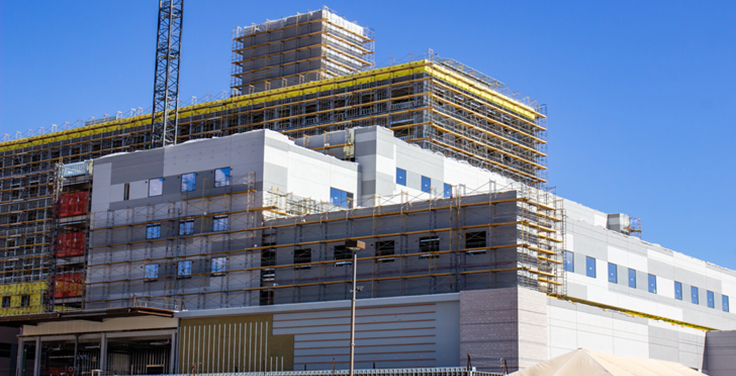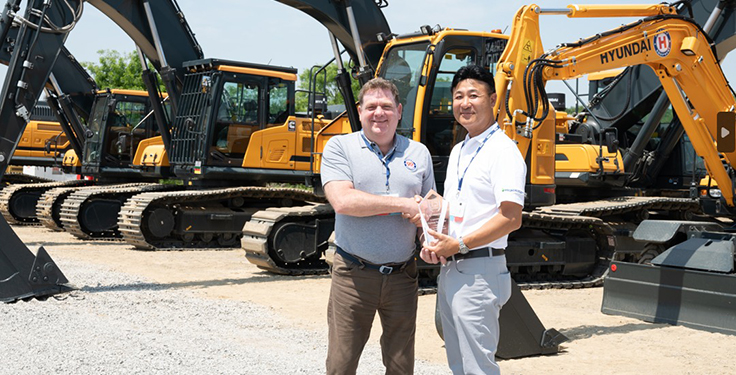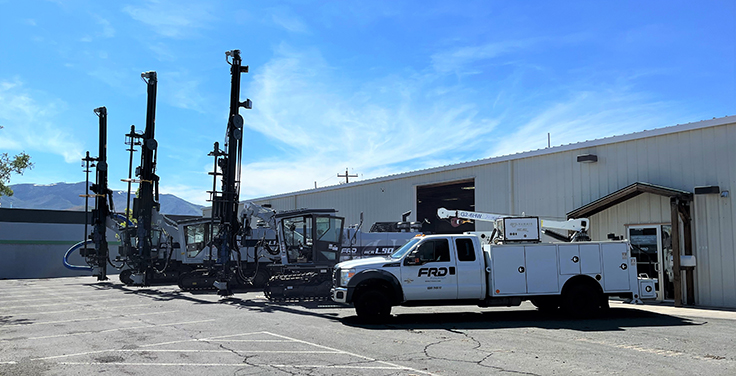“Compared to 2021, laboratory start-ups have almost tripled in square footage and value,” Martin says.
On the contrary, she says education start growth has been more subdued on the K-12 and college fronts.
“Year-to-date trends are showing steady growth – just less robust than what we’re seeing for labs,” Martin says.
Additional K-12 and college construction start growth could be on the horizon, though.
“We have pretty good fiscal conditions of state and local governments,” Martin says. “They’ve vastly improved compared to the early days of the pandemic, and that should be more supportive of spending [for] public schools and colleges over the next few years.”
Nonresidential (commercial)
• Manufacturing. Passage of the CHIPS & Science Act and the Inflation Reduction Act – both signed into law in 2022 – pushed manufacturing construction starts to new highs a year ago.
According to Dodge, starts in this subsector soared 214 percent in 2022. Dodge projects starts to dip 9 percent in 2023 and 2 percent in 2024, but manufacturing should remain at a tremendously high level.
“We’ve seen the start of a lot of things like chip fabrication plants, EV battery plants, EV plants, food manufacturing plants, steel mills and lumber mills – many of the sectors that were hit hard with all the supply chain issues that we’ve seen in recent years,” Martin says. “With the support of the public funding, we do expect this construction activity to pull back over the next two years, but at $90 billion. Again, this level of activity is very strong.”
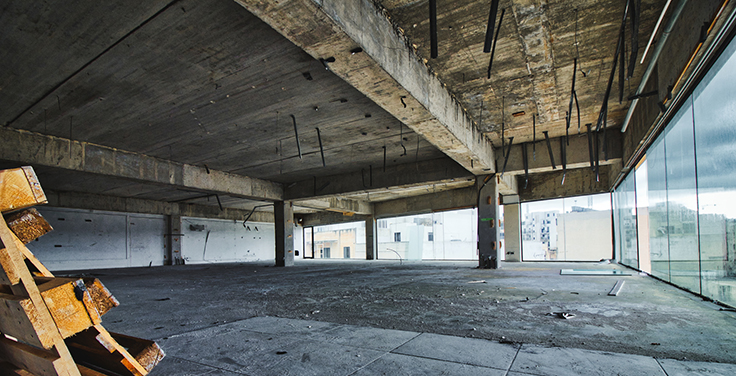
• Offices. Not surprisingly, office construction is under stress due to the work-from-home dynamic. Dodge, however, expects growth to be ahead for this subsector in 2024 following a 5 percent dip in starts this year.
The primary driver of growth in office construction a year ago was data centers. Dodge categorizes data centers as offices, and they were the biggest contributor to 33 percent growth in office construction starts in 2022.
“Data centers accounted for about 30 percent of the office market last year and increased over 150 percent,” Martin says. We expect that growth to continue into 2023 but at a more moderate pace of about 20 percent.”
Office renovations also picked up last year, according to Dodge.
“Historically within the sector, we’ve seen renovations account for about 30 to 35 percent of the total value,” Martin says. “Last year, renovations were closer to 47 percent.”
• Warehouses. Year-over-year construction start growth in warehouses has been remarkable since 2019.
Starts in this subsector grew by 26 percent (2019), 16 percent (2020), 39 percent (2021) and 23 percent (2022) in each of the last four years. Dodge, however, projects warehouse starts to drop 11 percent this year and another 27 percent in 2024.
Amazon, of course, was a significant driver of this subsector’s recent growth. Similarly, Amazon is playing a role in its more recent decline.
“Late last year, Amazon announced that they had overbuilt and that they had planned to curtail most of their new construction activity,” Martin says. “And then we sort of saw some other companies echo that and say that they’re going to be doing the same.”
Residential
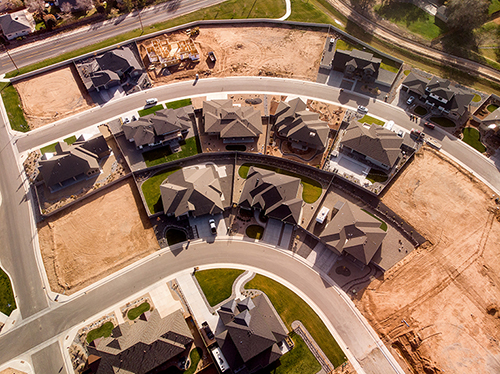
While single-family and multifamily construction starts were both up significantly in 2021, only multifamily continued on its growth path in 2022.
Measured by Dodge in units, multifamily experienced 20 percent starts growth last year while single-family dipped 15 percent. Dodge expects declines for the two residential subsectors in 2023 yet projects a return to growth for both in 2024.
“On the supplier side, construction has been hampered by a rapid increase in material prices, shortages in skilled labor and higher land costs,” Martin says. “This lack of supply has really pushed housing affordability to the worst that it’s found [itself] in [in] almost 15 years. Existing home sales are down 23 percent from where they were a year ago, but existing home prices are only down about 1 percent.”

